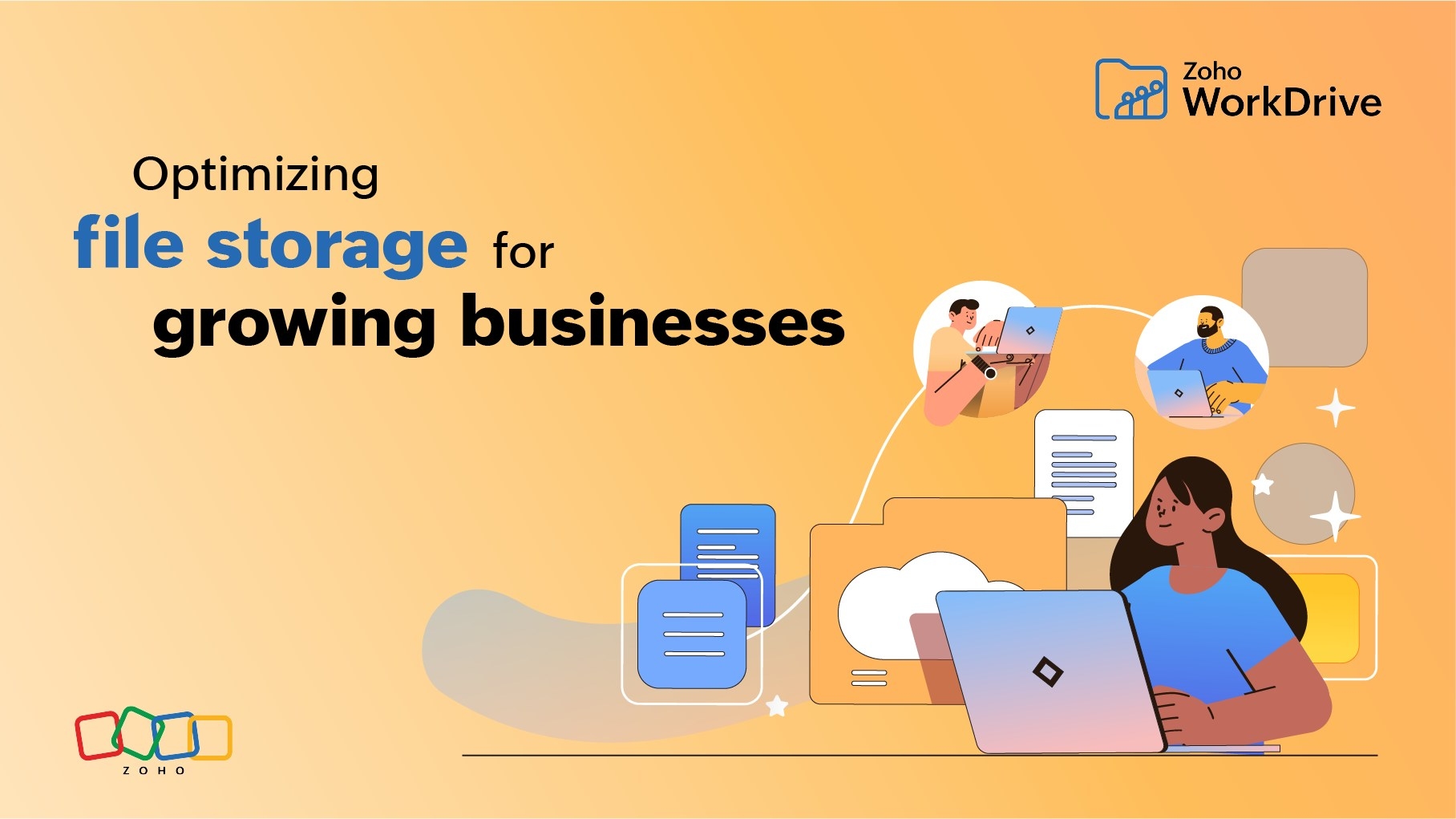- HOME
- Work Culture
- A primer on flexible work
A primer on flexible work
- Last Updated : November 30, 2023
- 297 Views
- 4 Min Read

Workplaces have changed. So, how has the way we work changed alongside them?
We moved from working in offices to working remotely. Soon after, we adopted hybrid work. Now we’re at the crux of the latest paradigm shift: Radical flexible work. Some call it “agile work” to better emphasize its dynamic nature.
Not all hybrid work can be considered flexible work, but the flexible work paradigm incorporates hybrid work all the same.
What makes flexible work special? Flexible work is for the employees and by the employees. Flexible work gives both managers and employees the time to finish tasks, while maintaining sufficient intellectual space to focus on themselves and their surroundings.
Let’s drop the nine-to-five norm for a moment and imagine a scenario like this: A young mother sends her toddler to daycare and spends a six-hour shift at her nearby office. Afterwards, she picks up her child and does three more hours of productive work from her house in between tending to her garden and finalizing her art project.
Meanwhile, a student works four days per week at a local restaurant as a sous chef. While some of his shifts go into overtime due to customer demand, he ensures that he never works for more than his allotted four days. He spends the rest of his free days focusing on studies and portfolio work.
While the two individuals described above have lifestyles and jobs that are totally different, both are getting the most out of everything they’re doing, and are enjoying a more fulfilling experience as a result.
What’s in it for me as an employee?
The pandemic taught us a lot about remote, and by extension, hybrid work. However, the paradigm has shifted towards a model that is substantially more adaptive and inclusive for employees.
Flexible work gives priority to an employee’s well-being. It does this through flexible work hours, freedom to access educational courses, the ability to pick projects that suit individual skillsets, and more.
Flexible work also frees up more time and resources for those in leadership roles, so they can pursue higher-level tasks, rather than spending time delegating or tightening up loose ends in the workflow.
However, achieving the autonomy provided by flexible work requires some additional effort on the part of both employers and employees. To understand these fully, we must look at the principles that constitute flexible working strategies.

The fundamentals of flexible work
HR specialist and author, Gemma Dale, mentioned six key principles that go into building an ideal flexible work environment in her book, Flexible Working. The list goes as follows:
Normalization: Organizations have to make flexible work the norm and not just a form of reward or a perk that’s given to high performers. A company's industry has a major impact on its ability to do this, since policies that work for, say, an IT firm’s workforce won’t necessarily suit a restaurant’s.
Exploration: An organization has to explore all the possible work schedules. This is of utmost importance, since the way your workforce plans out its week will inform how leadership roles set up policies for flexible work initially
High level of trust: While the last two principles dealt with the structural side of things, this one deals with the employee-employer relationship. An employee has to be realistic and strict with task timelines, while employers have to give workers their trust and support to enable work away from office spaces.
High level of productivity: A high level of productivity is expected from employees following any work model. Even with flexible work, they should be able to plan their days and accomplish necessary tasks without supervision or surveillance.
Effective policies: As mentioned earlier, the industry a company belongs to changes the dynamics of flexible work scheduling. An organization must have first researched (see point #2) all possible schedules and then decided on some ground rules to bring structure to their policies.
Efficient technology: Flexible work requires flexible solutions. This is where a comprehensive content collaboration tool, like Zoho WorkDrive, comes into play. WorkDrive’s is a seamless file management system that enables work through a wide array of tools, like a built-in editing suite, an offline sync app, mobile apps, and a range of integrations with both Zoho and third-party apps.
Agile working with WorkDrive
According to Zippia, 55% of employees say they’d prefer to work remotely at least three days per week.
WorkDrive aims to bridge the gaps that appear when teams follow a distributed work model by empowering collaborative content creation and asynchronous communication. This opens up a lot of opportunity for teams looking to start or improve their flexible work situation.
This article is just the start of a series dedicated to flexible work. Next time, we’ll dive deeper and explore how flexible work shapes the tech we use!











